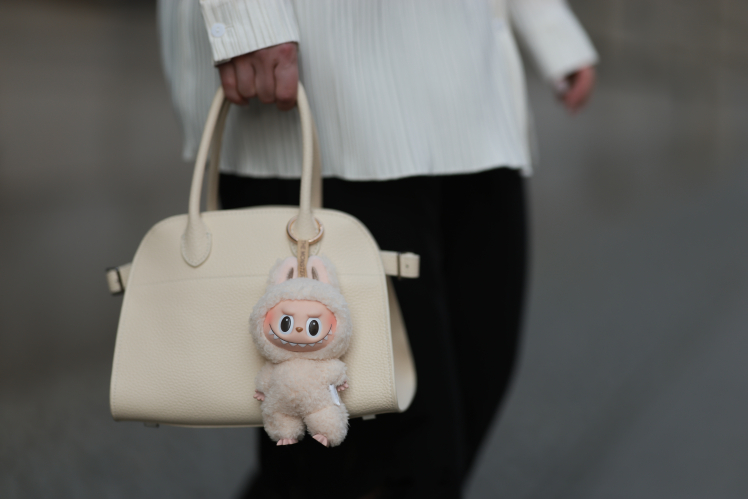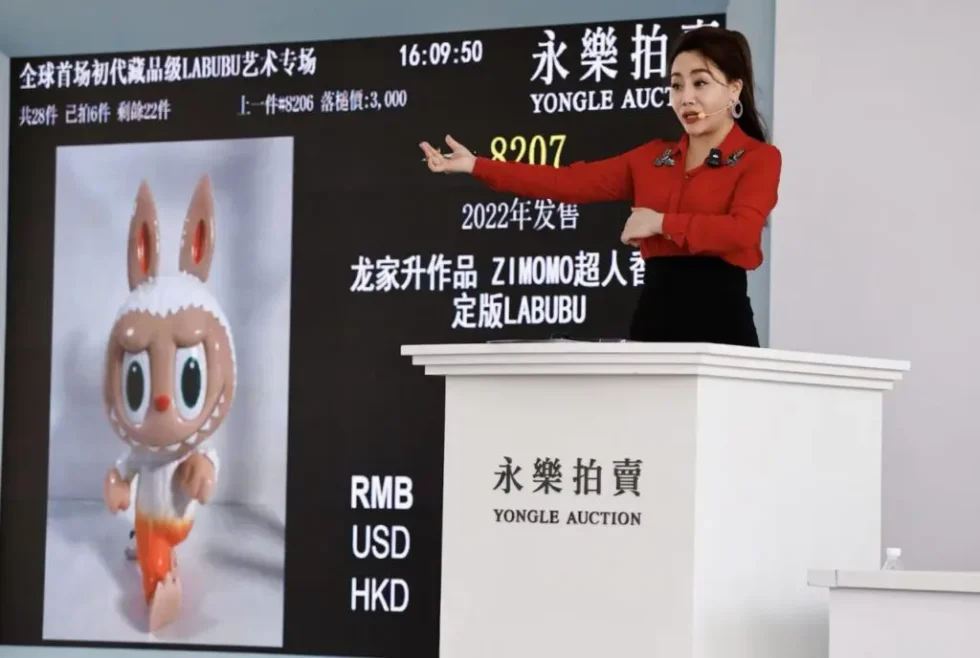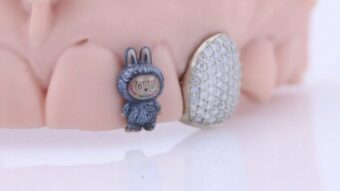How Wang Ning Built a $22.7 Billion Toy Empire with a Fluffy Monster Called Labubu

Wang Ning’s transformation from a modest entrepreneur to one of China’s youngest self-made billionaires is a story fueled by calculated risk, cultural timing, and the uncanny charm of a wide-eyed creature named Labubu. As the founder of Pop Mart, Ning brought the concept of blind-box collectibles—sealed packages hiding unknown figurines—to China’s youth market, turning a niche trend into a $22.7 billion empire.
According to G.Business, citing Reuters, on June 10, 2025, a human-sized Labubu figure was sold at auction in Beijing for over 1.08 million yuan (approximately $150,000)—setting a new global record for a so-called "blind-box" toy. The sale took place at Yongle International Auction, a house usually associated with fine jewelry and modern art. The 131 cm tall mint-green sculpture was described as a one-of-a-kind piece. Alongside it, 47 additional Labubu figures were auctioned, bringing total revenue to 3.73 million yuan.
The sale marks a pivotal moment: Labubu has evolved from pop-culture curiosity into a legitimate asset class, cementing its place at the intersection of art, commerce, and Gen Z nostalgia.
From a Mall Kiosk to a Global Phenomenon
Pop Mart’s origins were humble. Founded in 2010, the company initially produced souvenirs and basic toys for retail malls. But Ning, a former real estate marketing executive, recognized an untapped emotional link between surprise, scarcity, and consumer behavior. Inspired by the Japanese gachapon trend and Korean capsule toys, he introduced the “blind box” to Chinese audiences—with a twist: quality design.
This small innovation created big demand. Customers began lining up for the chance to collect, trade, or stumble upon rare figurines. By 2024, Pop Mart’s blind boxes had grown into a multi-billion-yuan business. According to iResearch, the blind-box market in China exceeded ¥22 billion ($3.2B) that year, with Pop Mart controlling over 40% of it.

Foto-REUTERS/Tingshu Wang
The Rise of Labubu: A Cultural Mascot
Among dozens of collectible characters, Labubu—designed by the elusive artist Kasing Lung—rose to mythic status. With its oversized eyes, pointed ears, and ambiguous smile, the creature became a visual shorthand for vulnerability, rebellion, and cuteness all at once.
Initially part of a broader character set, Labubu quickly eclipsed its counterparts. Pop Mart capitalized by creating themed series—"Monster Carnival", "Jungle Adventure", "Christmas Labubu"—each with multiple variants and ultra-rare editions. Fans around the world began hunting for them like modern-day treasure seekers.
Not Just a Toy: Pop Mart’s Brand Ecosystem
Labubu transcended the toy shelf. Branded merchandise soon included clothing, cosmetics, tech accessories, and even NFTs. In 2024, a limited-edition Labubu x L’Oréal makeup line sold out within minutes of launch in Shanghai. In Tokyo and Seoul, queues wrapped around flagship stores overnight.
Global celebrities accelerated the phenomenon. In early 2025, Rihanna shared a candid photo on social media with a Labubu keychain attached to her bag. Within hours, Pop Mart’s U.S. app downloads spiked by 200%. The figurine’s image now appears in music videos, fashion editorials, and pop-up exhibitions.
Wall Street Meets Blind Box: The IPO Surge
Pop Mart went public on the Hong Kong Stock Exchange, and the response was explosive. The IPO was oversubscribed by a factor of ten. On May 15, 2025, share prices surged over 40%, and Wang Ning’s personal wealth increased by $1.6 billion in a single day.
The IPO success didn’t just validate the toy company’s financial model—it legitimized collectibles as a modern asset class. Rarer figurines now trade at premium prices on secondhand markets, and some investors refer to Labubu as the “Kaws of Asia.”
The Collector Movement: A Generation Speaks
Pop Mart’s meteoric rise isn’t just about design or marketing—it’s about identity. Among millennials and Gen Z, collecting Labubu is an expression of self. Fans don’t just buy: they build, curate, and trade. Social media is filled with “unboxing” videos, swap events, and figurine “shelf tours.”
In 2025 alone, Pop Mart hosted over 120 official fan events across Asia and launched its own app community with more than 12 million active users. According to a McKinsey cultural study, over 60% of customers cited “emotional reward” and “nostalgia” as core reasons for returning.
The Future: Lifestyle, Art, and Global Expansion
Pop Mart shows no signs of slowing. The company is expanding into Brazil, the UAE, Germany, and the U.S., and has grown its in-house artist team from 8 to over 180 designers. Planned “Labubu cafés” and immersive retail experiences are set to launch in 2026.
Wang Ning has already hinted at Pop Mart’s next frontier: a crossover between collectibles, wellness, and virtual identity. Rumors of a Labubu-inspired animated series and gaming platform are circulating among investors. What began as a quirky plastic figure now defines a generational moment. Labubu is no longer a product—it’s a symbol. A reminder that in an uncertain world, the joy of wonder, mystery, and play can still move millions.
Stay connected for news that works — timely, factual, and free from opinion — and insights that matter now: Sports Marketing: How Premium Morning Runs Drive Brand Building
Foto - Getty Images
